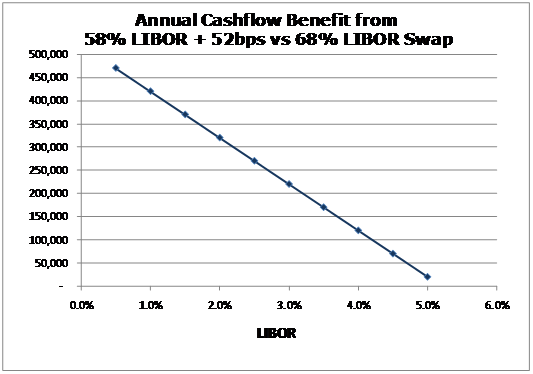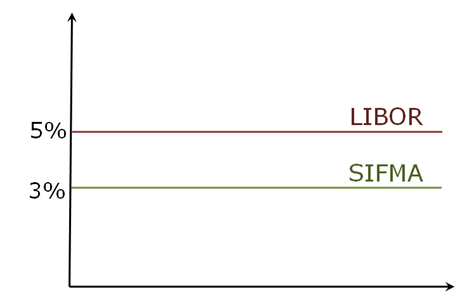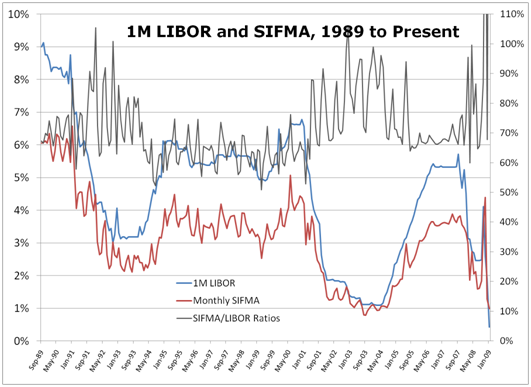Last Friday I attended the Municipal Analysts Group of New York (MAGNY)'s lunch event on Basel III and the future of the muni variable rate market. First MAGNY event I've been to; it was solid. Chris Wolfe, a Fitch bank analyst, Barbara Samett an analyst from Vanguard, and Bill Collins an MD in public finance at the Bank of Nova Scotia were panelists.
Basel I was originally designed to set minimum capital levels for banks and create a level playing field for lenders from different countries. Basel I was rather simple and treated a wide range of credit risks with a coarse set of requirements, leading to regulatory arbitrage. It created perverse incentives for banks to load up on more risk increasing expected returns on capital. Basel II provided more granularity to asset classes and went down a more quantitative path allowing banks to use an internal ratings based approach. Unfortunately, Basel II also led to absurd things like 99.9% one year confidence levels. If you think you can reliably capture events that happen once in a thousand years, I've got some watery real estate in the Southeast for you...
In light of the recent financial crisis and the fact that the once in a thousand year events seem to be occurring every 8-10 years, Basel III (The Return of the Regulators) is upon us. What does this mean for banks and their letter and line of credit products? Here were the highlights from the discussion:
- Basel III has "scenario based" tests that will generally lead to significantly higher capital charges for banks, decreasing expected RAROC.
- Basel III includes the concept of a "Net Stable Funding Ratio" for which Chris said none of the banks were particularly well-positioned. This may not go fully into effect until 2018.




